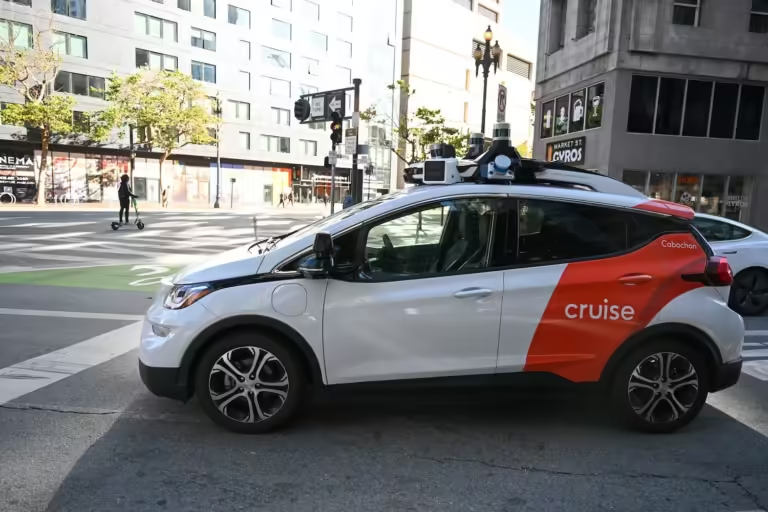Uber and GM’s Cruise announced a “multiyear strategic partnership” on Thursday to offer driverless vehicles, known as robotaxis, for rent on Uber’s platform. Much is still unknown about the program, from how much rides will cost to which cities they’ll be available in, but both companies say they expect it to be up and running by next year.
Reached for comment on Thursday, a Cruise spokesperson would tell Gizmodo only that one of three cities — Phoenix, Arizona; Dallas, Texas; and Houston, Texas — will be the first to introduce robot taxis on Uber’s platform in 2025. “We remain focused on relaunching our driverless app and service, and the launch of this partnership follows on from that,” the spokesperson said in an email.
Uber has been working to get self-driving cars on the roads as a viable alternative to human drivers, but the company’s efforts have been unsuccessful. In 2017, Uber tried to get a deal with Volvo to bring its program to fruition, but it ultimately failed. In 2022, there was an Uber robotaxi in Las Vegas, but it still had a driver in the cab. It’s clear that reliable and safe self-driving capabilities at scale in hire cars is a dream that multiple companies have been trying to achieve for over a decade.
“Cruise is on a mission to leverage driverless technology to create safer roads and redefine urban life,” Cruise CEO Mark Whitten said in a statement posted online. “We’re excited to partner with Uber to bring the benefits of safe, reliable self-driving to even more people and usher in a new era of urban transportation.”
Cruise’s operating license was suspended in California after an autonomous vehicle struck and dragged a pedestrian who ran a red light in San Francisco in October 2023. Cruise suspended operations but resumed them in June 2024 in Phoenix, Houston and Dallas.
Rightly or wrongly, the marketing pitch has always been that self-driving taxis will make roads safer and reduce labor costs at the same time. Uber has already “disrupted” the taxi industry by repeatedly breaking labor laws to keep wages down. But now that Uber has a monopoly on the taxi industry, it makes sense that they would also try to put drivers out of work in order to maximize efficiency.
Uber CEO Dara Khosrowshahi, like Cruise’s CEO, emphasized the safety aspect when pitching the idea on Thursday, completely ignoring the labor issues that might arise.
“As the largest mobility and delivery platform, we believe Uber can play a key role in safely and reliably introducing self-driving technology to consumers and cities around the world,” Khosrowshahi said. “We’re excited to partner with Cruise and look forward to launching next year.”
Uber did not respond to questions about when cars will be available under this upcoming program or their geographic availability. Gizmodo will update this post if we hear back.

